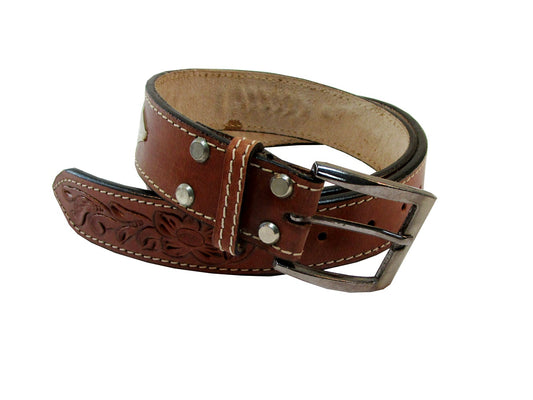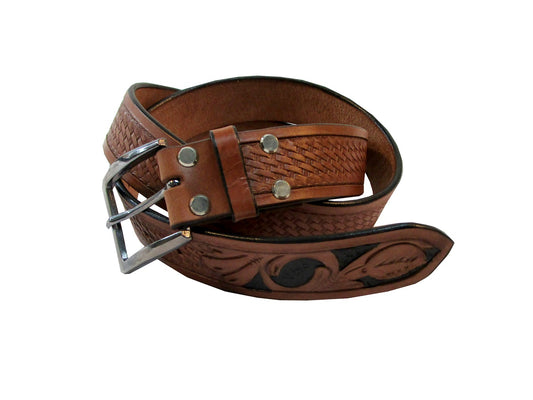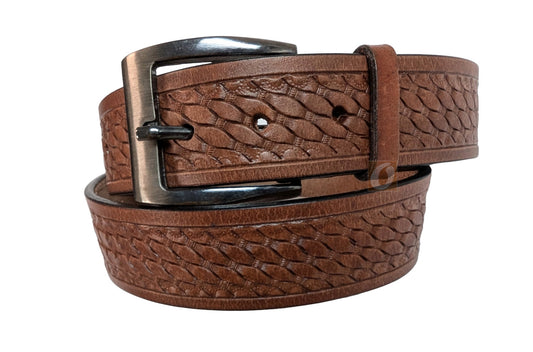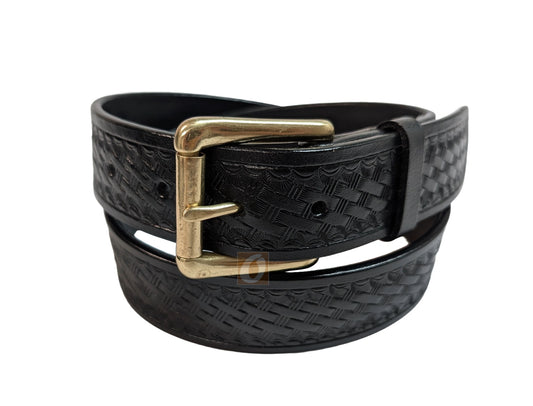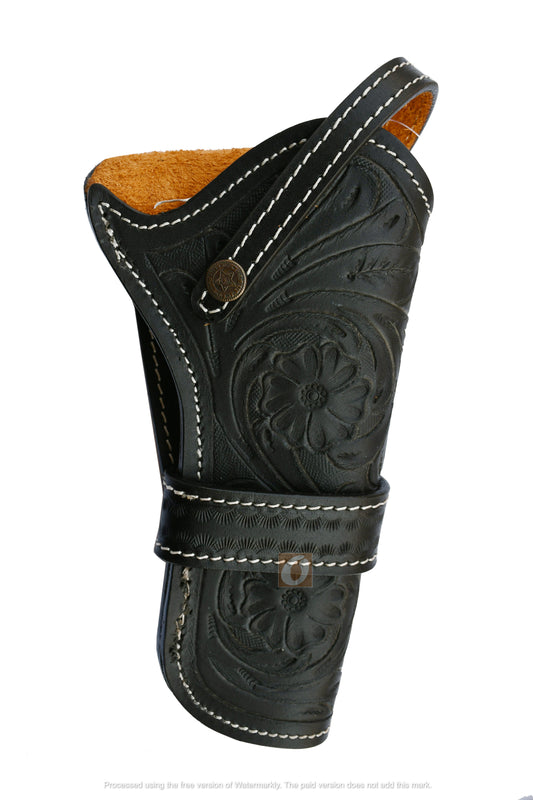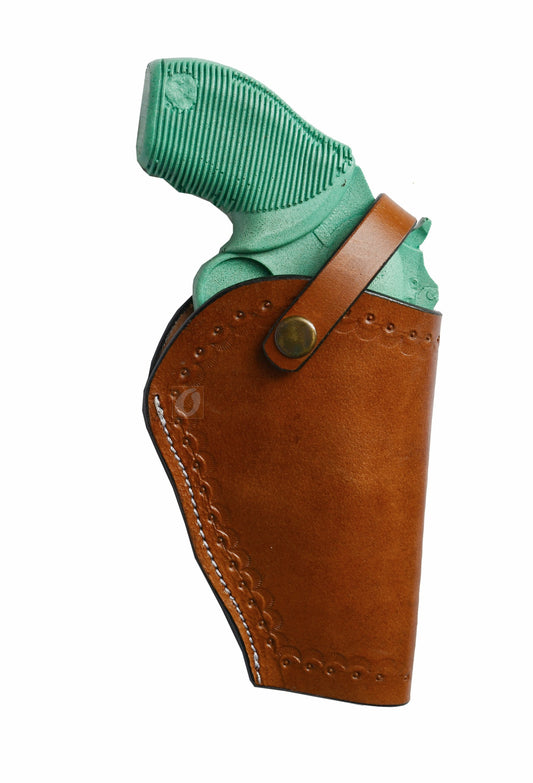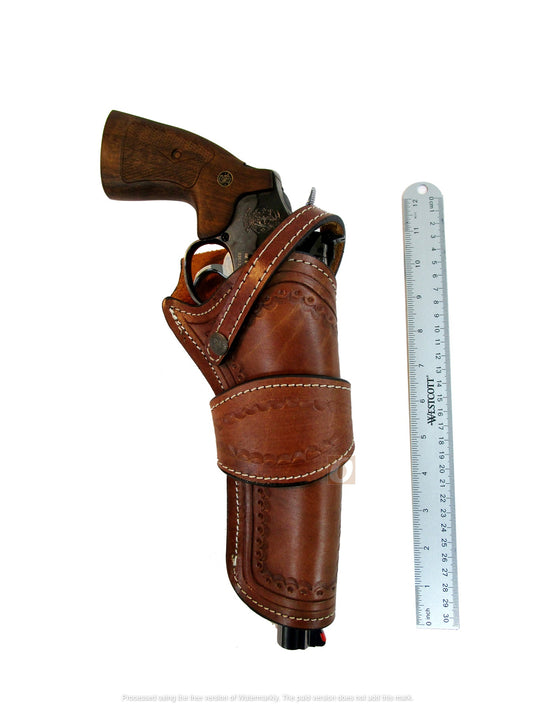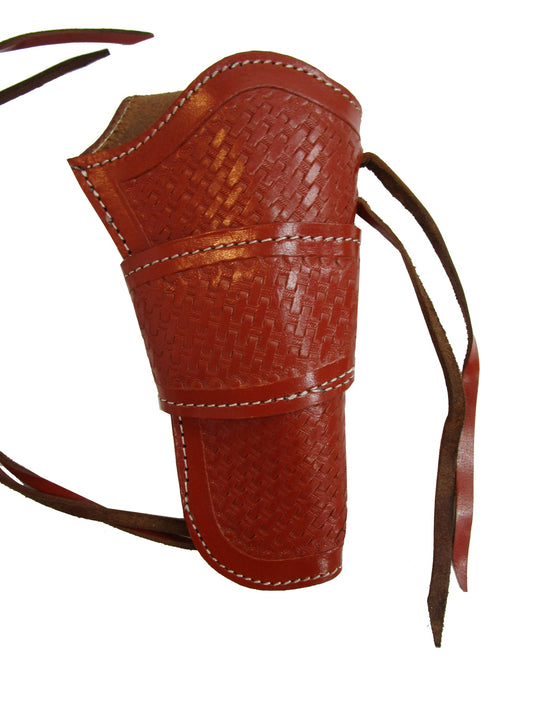How to care your Leather Gun Holsters ?
How to Care for Your Leather Holster?
A quality leather holster is more than an accessory — it’s protection, performance, and long-term reliability. With proper care, it will age beautifully and remain dependable for years. If you haven’t yet explored premium carry options, start here: Leather Holsters.
1. Regular Cleaning
Dirt, sweat, and dust slowly break down leather if left untreated. Light cleaning keeps your holster in shape.
- Wipe with a soft dry cloth or brush off dust.
- Use a slightly damp cloth — never soak the leather.
- For deeper cleaning, use saddle soap or leather cleaner only.
Avoid: harsh chemicals or household cleaners — they strip natural oils and cause cracking.
2. Condition to Prevent Drying
Leather loses moisture over time. Conditioning preserves flexibility, prevents cracking, and enhances its natural patina.
- Use a leather conditioner with beeswax, lanolin, or natural oils.
- Apply a thin layer — too much softens retention.
- Let it absorb for 15–20 minutes, then wipe off excess.
Good practice: condition every 3–6 months, depending on use.
3. Protect from Moisture
- Use a breathable water-repellent leather protector — never silicone-based.
- If the holster gets wet, gently blot and air dry — no heat, no sunlight.
- Store in a cool, ventilated space — never in sealed plastic or damp areas.
4. Inspect Stitching and Hardware
- Check stitching regularly — loose threads should be professionally repaired.
- Keep snaps and buckles clean and lightly lubricated.
- Avoid rough force while drawing or reholstering.
5. Avoid Stretching or Deforming
- Never force a holster to fit a gun it wasn’t designed for.
- Rotate holsters if used daily — this prevents premature wear.
- Store with light support (paper or cloth) to preserve its form.
Conclusion
With the right care, a well-crafted leather holster can last for decades — gaining character instead of wearing out. Clean it regularly, condition it moderately, protect it from moisture, and inspect the stitching and shape over time. This simple routine ensures that it not only performs reliably but develops the rich patina true leather is known for.
For matched durability and support, explore our handcrafted Leather Belts — built to properly support holstered carry.

